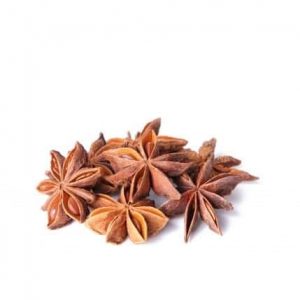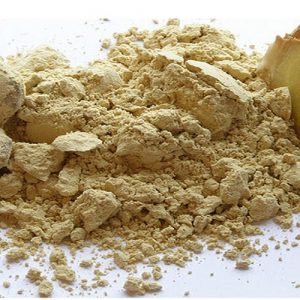ONIOIN
Onion, Allium cepa, is an herbaceous biennial in the family Liliaceae grown for its edible bulb. The stem of the plant is a flattened disc at the base and the tubular leaves form a pseudostem where their sheaths overlap. The leaves are either erect or oblique and there are 3–8 per plant. The onion plant produces pink or white flowers clustered on stalks. The bulbs are formed just above the flattened stem of the plant by overlapping leaves. The bulb is made up of several layers, each corresponding to a leaf. They are are generally oval but shape can be variable and occur in clusters of 3–18 to a plant. The bulb is protected by a membrane which turns to a papery coat. Onion plants can reach a height of 50 cm (20 in) and are grown as annuals, harvested after one growing season. Onion may also be referred to by cultivar and these include red or purple onion, shallots and spring onions or scallions. The origin of the onion has not been conclusively determined although it is likely to be somewhere in South East Asia where the gene pool is most diverse.
Medical Benefits of Onions.
- Consuming fruits and vegetables of all kinds has long been associated with a reduced risk of many lifestyle-related health conditions.
- Many studies have suggested that increasing consumption of plant foods like onions decreases the risk of overall mortality, diabetes, and heart disease.
- Plant foods also promote a healthful complexion, hair, increased energy, and overall lower weight.










Reviews
There are no reviews yet.